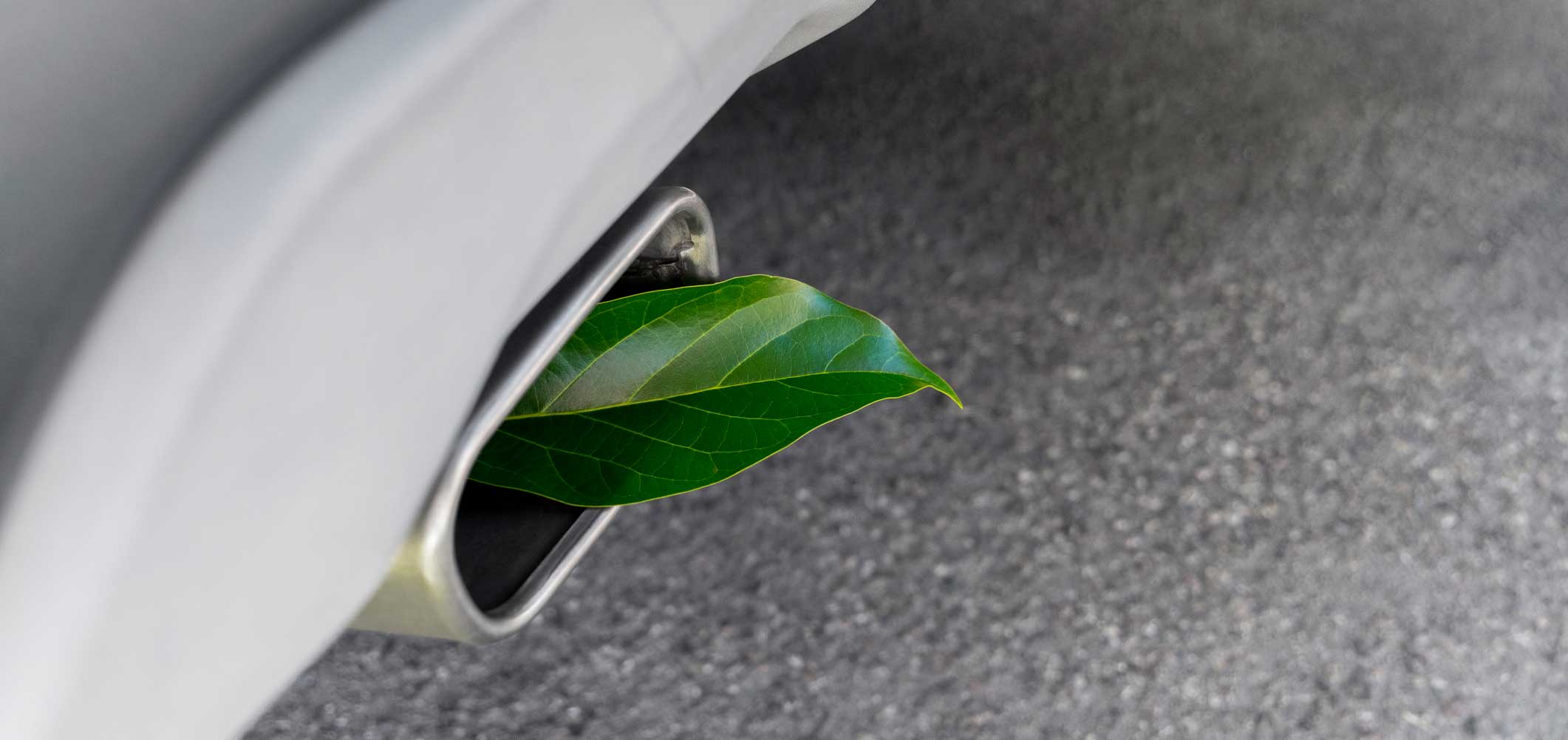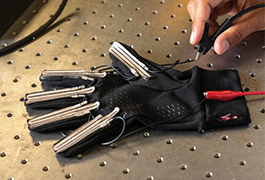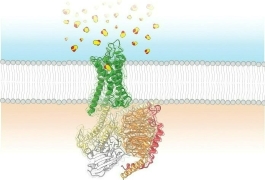Copper Nanoparticles Could Help Recycle Carbon Dioxide into Fuel

Wouldn’t it be great if we could take the carbon dioxide building up in the atmosphere and make useful products with it?
Well according to researchers, if every molecule of CO2 emitted when a fuel is burned could be captured to make another fuel molecule using a solar cell, the results would be an environmentally friendly, carbon-neutral process.
Plants and some bacteria already do this through photosynthesis. Chemists have serious enzyme envy because designing artificial photosynthesis systems is tough—organic catalysts are not robust, and inorganic catalysts need too much voltage. Now researchers have developed a catalyst that can turn CO2 into ethanol and propanol when operating at voltages that solar cells could provide (Proc. Natl. Acad. Sci. USA 2017, DOI: 10.1073/pnas.1711493114).
This process of powering chemical synthesis via solar power, called artificial photosynthesis, could enable carbon-neutral fuels. But developing catalysts that can recycle CO2 is challenging, says Peidong Yang, a chemist at the University of California, Berkeley.
Using catalysts based on iron, copper, indium, and other metals, researchers have successfully transformed CO2 into single-carbon compounds, including carbon monoxide, formate, and methanol. Making multicarbon compounds directly has proved more difficult.
Because biology’s metabolic capabilities are hard to beat, Yang’s group and others have built systems that pair catalysts and microorganisms to build molecules with more than one carbon. Other labs have made two- and three-carbon molecules using nanostructured copper and copper oxides, but these catalysts work only at voltages too high to be supplied by solar cells. And these high voltages waste electricity—only a small fraction of the energy gets stored in chemical bonds.
Yang’s group found that the right amount of copper nanoparticles loaded on carbon paper can catalyze the reduction of CO2 to two- and three-carbon compounds, including ethylene, ethanol, and n-propanol, with 60% selectivity at 600 millivolts, a voltage Yang believes is low enough to be supplied by solar cells. Previous catalysts performed similar reactions but required 900 millivolts, Yang says.
The team discovered this better catalyst by systematically studying the performance of different densities of copper nanoparticles on support structures made of various materials. Graduate student Dohyung Kim found the best catalytic performance when he covered carbon paper with about 45 µg of the copper particles per square centimeter of the paper.
Despite these fastidious efforts, Yang says the researchers are not yet sure why the catalyst works so well. The researchers observed that after seven minutes under reaction conditions, the spherical nanoparticles fuse into larger cubic ones, with an interface between copper, copper oxide, and carbon from the paper. The group is still investigating the mechanism, but they believe this interface is key to the structure’s catalytic activity. “We’ve finally identified a key active interface to produce two- and three-carbon compounds,” Yang says.
The new work “helps move the bar in investigating the applications of copper-based catalysts for electrochemical transformation of CO2 to useful products,” says Ellen Williams, a nanoscale physicist at the University of Maryland, College Park, who serves on the board of the Global CO2 Initiative. However, she notes, it remains to be proven whether this catalyst works on large, industrial scales.
Yang says that in addition to exploring the catalyst’s mechanism, his group is now testing the catalyst in a full system that’s coupled to photovoltaics.
Read the original story: K. Bourzac. Copper nanoparticles could help recycle CO2 into fuel. Chemical & Engineering News. 95(38), September 20, 2017.




